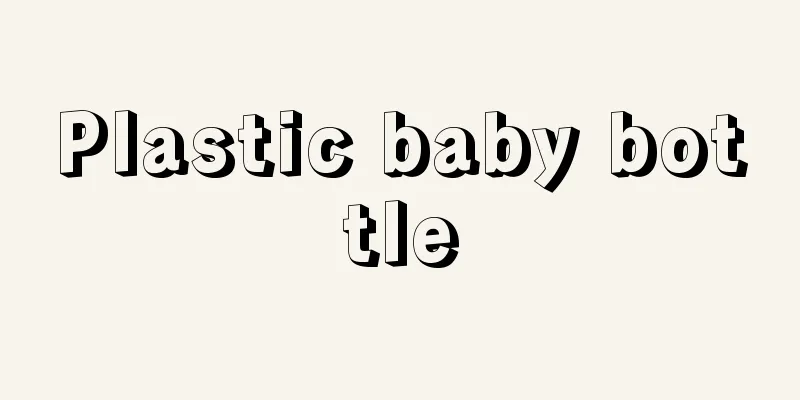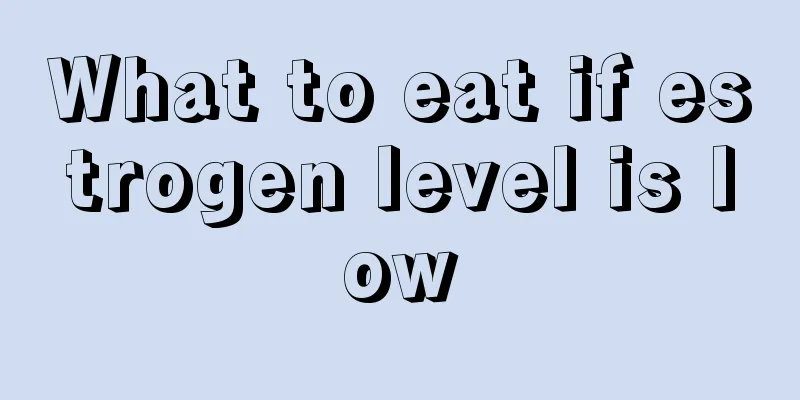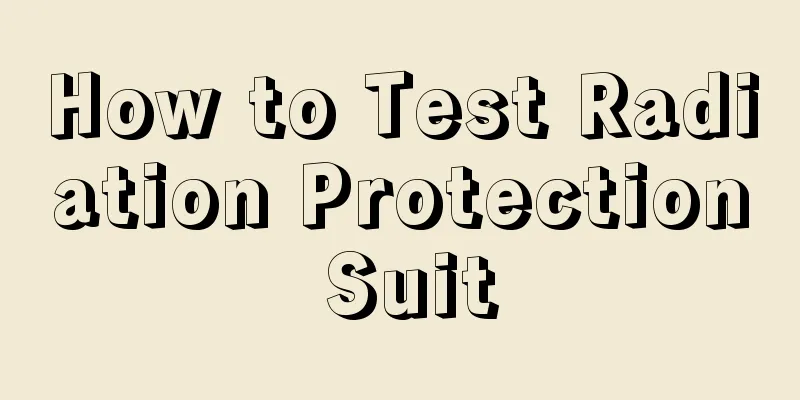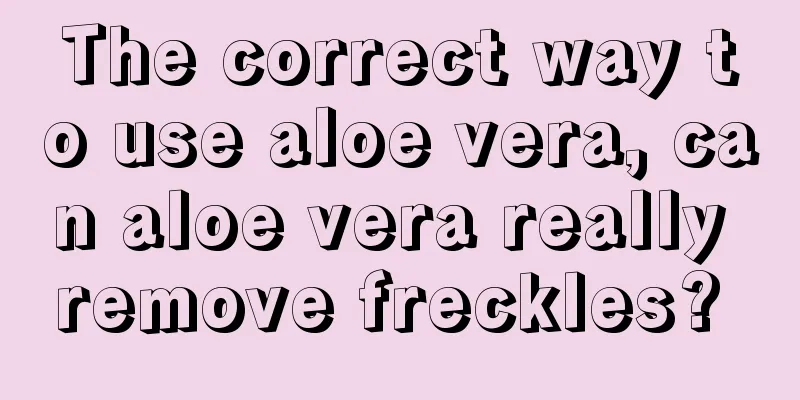Plastic baby bottle

|
A bottle is essential for feeding a baby. Because the baby's resistance is relatively low, when feeding the baby, you must choose a safe and harmless bottle. Plastic baby bottles are a type of baby bottle that parents prefer to use. There are many kinds of plastic materials. Generally speaking, plastic bottles made of different materials have different characteristics and their own advantages and disadvantages. The following is a detailed introduction to the relevant knowledge of baby plastic bottles. 1. PC baby bottle PC is polycarbonate, which is a material that is used in large quantities, especially in the manufacture of baby bottles, space cups, etc. It is controversial because it contains bisphenol A. The higher the temperature, the more bisphenol A remaining in PC will be released and the faster it will be released. Therefore, PC water bottles should not be used to hold hot water. In view of the potential hazards of bisphenol A in PC baby bottles, my country has banned the production of PC baby bottles and other infant food containers containing bisphenol A since June 1, 2011, and banned the sale of baby bottles containing bisphenol A since September 1, 2011. 2. PP baby bottle PP, also known as polypropylene, is lightweight, drop-resistant, easy to clean, safe and does not contain bisphenol A. It is widely used in materials for baby bottles and tableware. Advantages of PP baby bottles: do not contain bisphenol A, are not easy to break, are resistant to high temperatures and have good stability. Disadvantages of PP baby bottles: poor hardness, not wear-resistant, once the baby bottle is broken, it needs to be replaced in time. 3. PES bottle PES is polyethersulfone resin, a transparent amber amorphous resin with excellent heat resistance, good dimensional stability, and good chemical resistance. PES has excellent reliability against rapid temperature changes and excellent processability, which makes PES widely used. Advantages of PES baby bottles: high heat resistance, can withstand heat up to 180°C, does not produce bisphenol A when heated, and the bottle is light. Disadvantages of PES baby bottles: The remaining milk stains are not easy to clean and they should be replaced about every six to eight months. 4. PPSU baby bottle PPSU is polyphenylene sulfone, an amorphous thermoplastic with high transparency and high hydrolytic stability. The product can be subjected to repeated steam sterilization. Advantages of PSU baby bottles: The bottles are lighter, less likely to break and drop, less likely to produce chemical toxins when heated or sterilized by steam, do not contain endocrine disrupting carcinogenic chemicals (environmental hormone bisphenol A), are heat resistant to 180°C, and can be heated in a microwave. Disadvantages of PPSU baby bottles: easy to leave milk stains, difficult to clean, and easy to scratch. |
<<: What is the best sleeping position
Recommend
Have the side effects of cervical cancer vaccine exploded?
It is very rare for a side effect outbreak to occ...
Early symptoms of endometrial cancer
Endometrial cancer is a group of epithelial malig...
What is the normal value of transaminase?
There are many substances in the human body that ...
How long does it take for the black marks after burns to fade away
When the human body comes into contact with somet...
What causes headaches, toothaches, and eye pains?
The physical condition can be seen from a series ...
Pain above the kneecap
The health of the kneecap is related to whether y...
Why do my buttocks and thighs sweat?
I believe that many people often encounter some p...
Adverse reactions to chemotherapy in osteosarcoma
Osteosarcoma is not common in life, but it is ver...
A brief talk about precautions after lung cancer surgery
Surgery is currently one of the preferred methods...
The mandible is misaligned and the face looks crooked
Many people have discovered that their two cheeks...
What should we pay attention to when releasing crayfish?
People often buy crayfish to eat. There are many ...
Will lung cancer be passed on to the next generation?
Scientific theory proves that lung cancer is not ...
What movements can relieve shoulder pain
In fact, many people will experience shoulder pai...
Effects and functions of soaking feet in mugwort water
For many people who pay attention to their health...
What are the symptoms of pituitary tumors? What should I do if I have a pituitary tumor?
Pituitary tumors are benign tumors that usually o...









